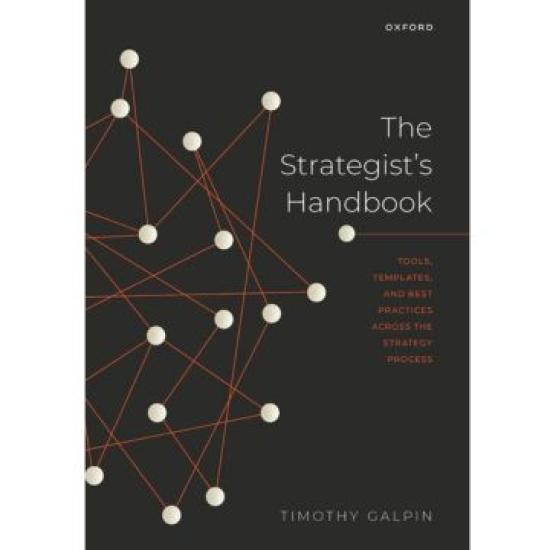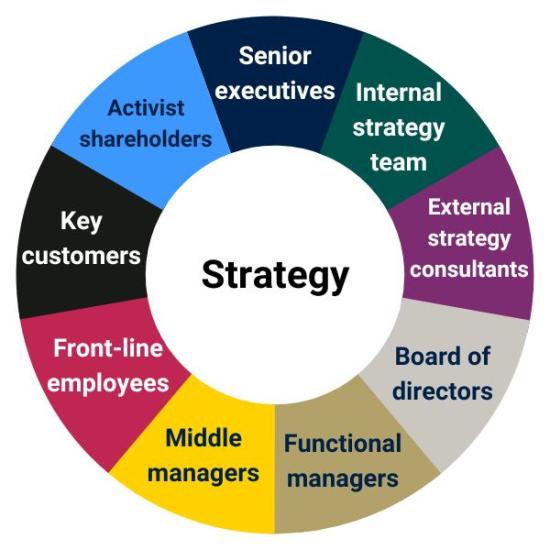Tools, Templates, and Best Practices Across the Strategy Process
Strategy, an ancient pursuit, has evolved through the centuries and in today's business environment applies to all organisations, across all sectors and geographies. It is one of the key building blocks of organisational success. So, of course, here at Saïd Business School, as you would expect, strategy is one of our core areas of research and teaching. But for us as a business school a critical aspect of our expertise in this area is combining academic expertise with real-world professional experience.
Timothy Galpin, Senior Lecturer in Strategy and Innovation, epitomises that combination with his extensive international professional experience as a management consultant and senior executive. He brings that depth of experience and insight in strategy, mergers and acquisitions, entrepreneurship, organisational behaviour, and leadership to his teaching across undergraduate, MBA, and Executive MBA and Diploma programmes. In addition to his teaching, Tim is also the Programme Director of the Postgraduate Diploma in Strategy and Innovation.
Tim’s latest book The Strategist's Handbook: Tools, Templates, and Best Practices Across the Strategy Process, is a practitioner ‘handbook’ that bridges practice and academic theory and research.
While there is no shortage of strategy books on the business bookshelves, Tim explains why he wrote this book: 'I found throughout my three-decades of consulting across industry sectors and geographies, as well as teaching strategy in the academic environment, there was an obvious gap in the market for a strategy book that bridges the all too frequent divide between academic research and practical application.'

The 20th century was relatively stable for business, and strategy was seen through the prism of growth economics and ‘economic strategy’ - we knew ‘the rules of the game’ - but two decades into the 21st century the concept of strategy now needs to be seen through the prism of value economics and ‘value-creation strategy’.
Becoming a well-rounded strategist and developing strategic thinking skills is essential for all leaders.
As Tim explains, the strategy sands are shifting: 'The old concept of strategy was based on organisations building resources that provided a "sustainable competitive advantage". Today, organisations, whether for-profit or not-for-profit, are contending with a steady stream of economic and geopolitical shocks, including Covid, global populism, fragmenting supply chains, rapidly evolving technologies, and so on. Therefore, "new strategy" is based on organisations building agility into their business models to establish "transient competitive advantage", which can rapidly change as an organisation is confronted with new external realities.'
Tim continues: 'We can no longer think about an organisation as an individual, monolithic entity, with its strategy developed by a few secluded “strategists” in an ivory tower. Organisations, and the industries they operate in, have become complex eco-systems. So, strategy development and implementation has become now more than ever a team sport, involving multiple internal and external participants performing essential activities throughout the process.'

The Strategist’s Handbook can benefit those new to ‘strategy’ as well as seasoned strategy professionals, current and aspiring senior managers, middle- and front-line managers, functional experts, and strategy consultants. About the book’s usefulness to various professionals, Tim states:
'Efficient and effective strategy formulation and execution is essential for organisational success. This book provides readers with the knowledge, insights, and tools to not only develop, but also deliver strategy successfully. Becoming a well-rounded "strategist" and developing "strategic thinking" skills is essential for all leaders. It is a life-long pursuit as there is always something new to learn. This book will help anyone interested in the topic to start or continue their "strategy" learning journey.'




